Menu
Brett Whiteley
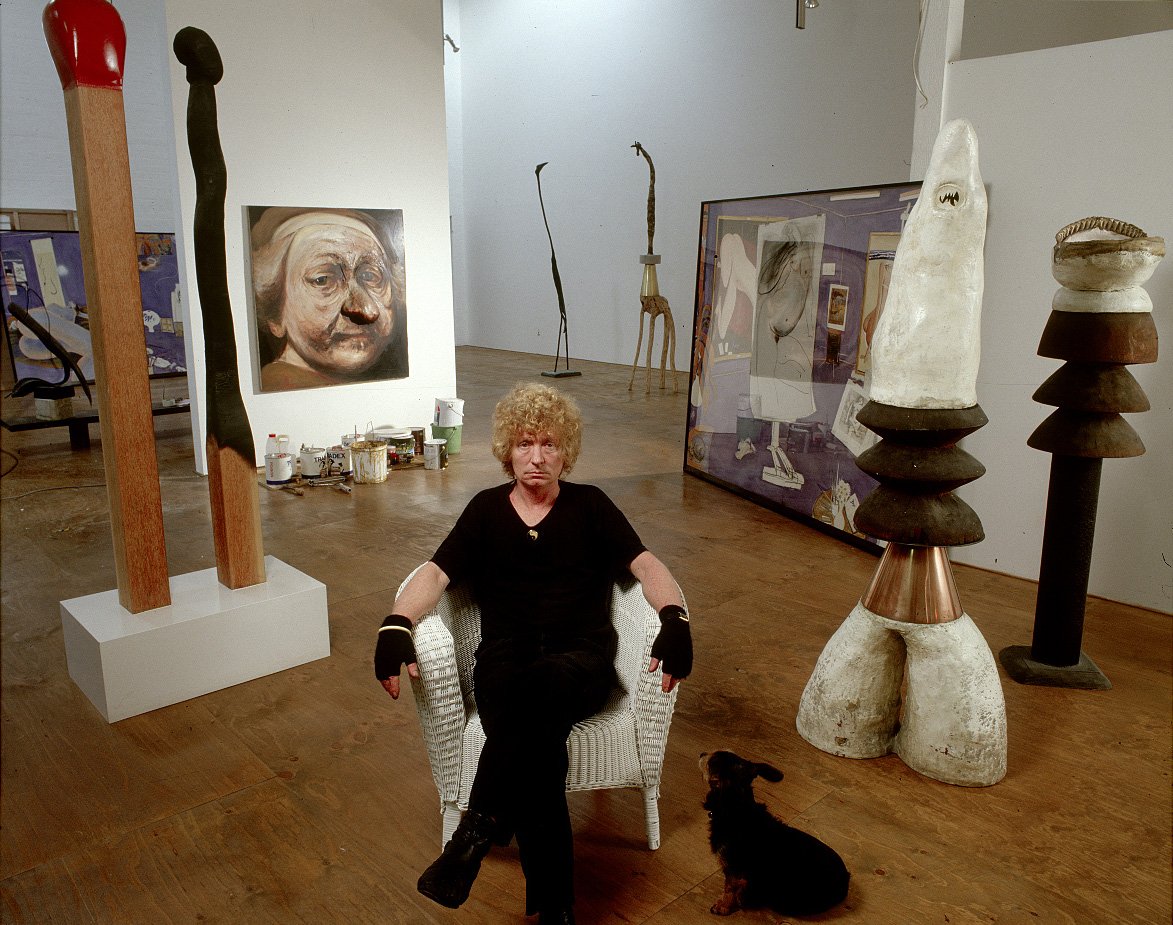
Brett Whiteley at Raper Street studio, 1986. Photo © Gerrit Fokkema
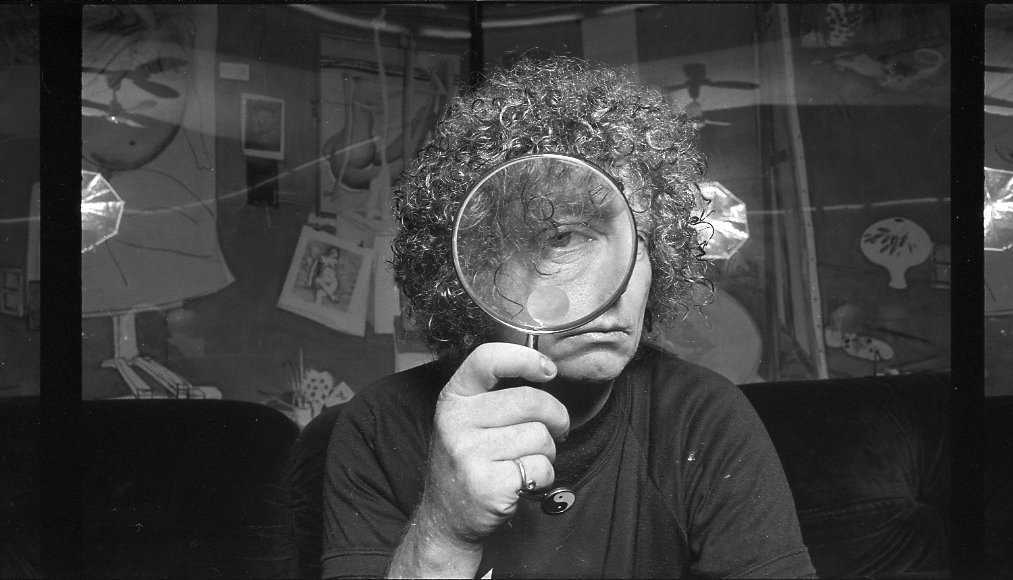
How to use this resource
Explore the world of Whiteley your own way
This digital resource is designed to allow you to navigate your own way through Brett Whiteley’s world. Discover content for case studies, assignments and inspirations for art-making or just reinvigorate your passion about the artist.
Through direct experiences with art and artists, we foster creative and critical thinking skills; create experimental opportunities to actively explore complex ideas in engaging ways; spark curiosity and discovery; and provide space to create, make and play.
Art sets created by teachers for teachers
Outlining approaches and ideas for the classroom, the associated Brett Whiteley art sets are designed by practising teachers currently working in the classroom. Aimed at different teaching levels, the Brett Whiteley art sets encourage experimentation across a range of creative processes for for Stage 1 to Stage 6 students. All content has been developed with reference to the NSW K–6 Creative Arts and 7–12 Visual Arts syllabus and the Creative Arts National Curriculum.
A note about WHITELEY – the documentary
The documentary explores the same themes that are within this art board, including 'self and identity’, 'landscape’, 'exploring place’, 'the figure’ and 'birds and animals’.
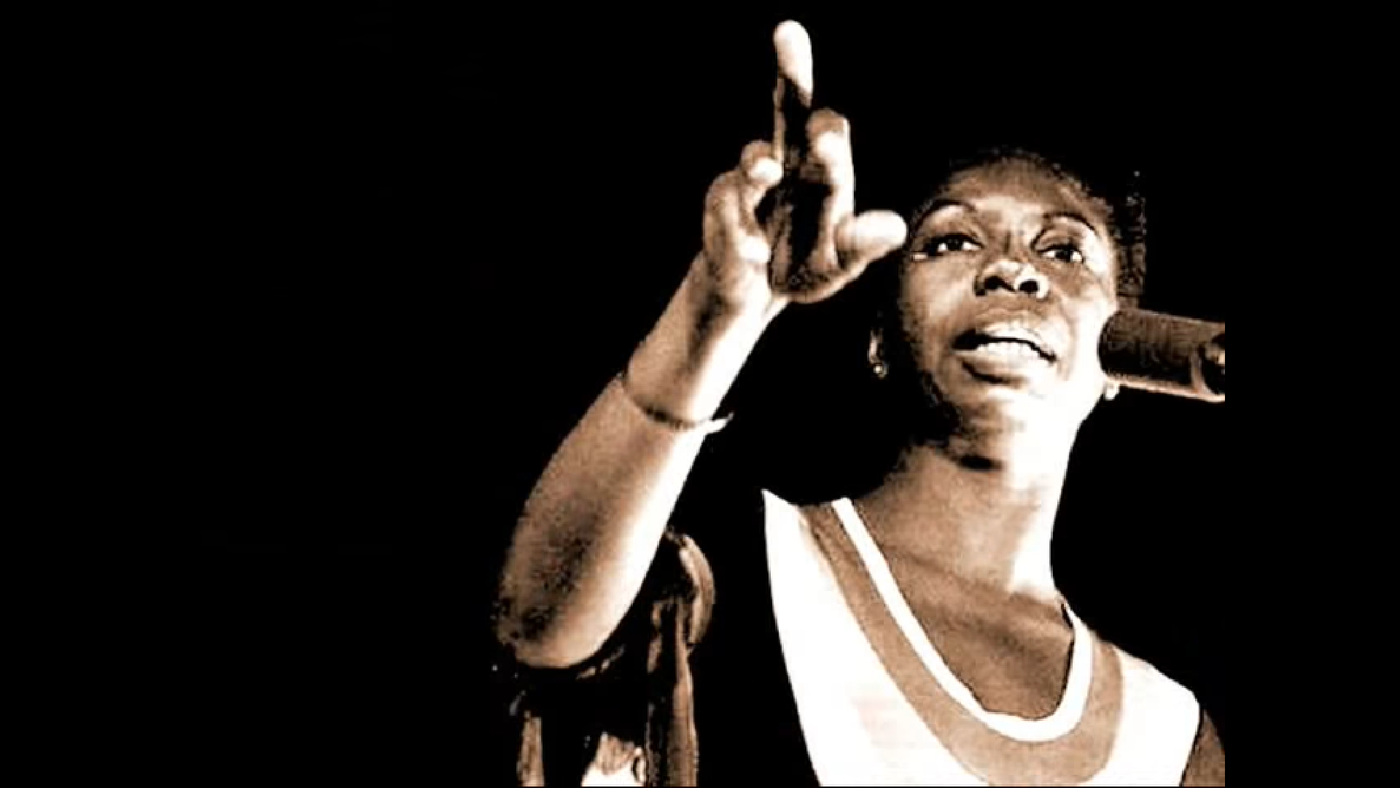
Video
Brett Whiteley: drawing is everything
Music played a crucial role in the life and work of Brett Whiteley. He listened to music while he painted and drew, and counted some of the world’s most famous musicians as friends. Listen to the music Whiteley owned and listened to.
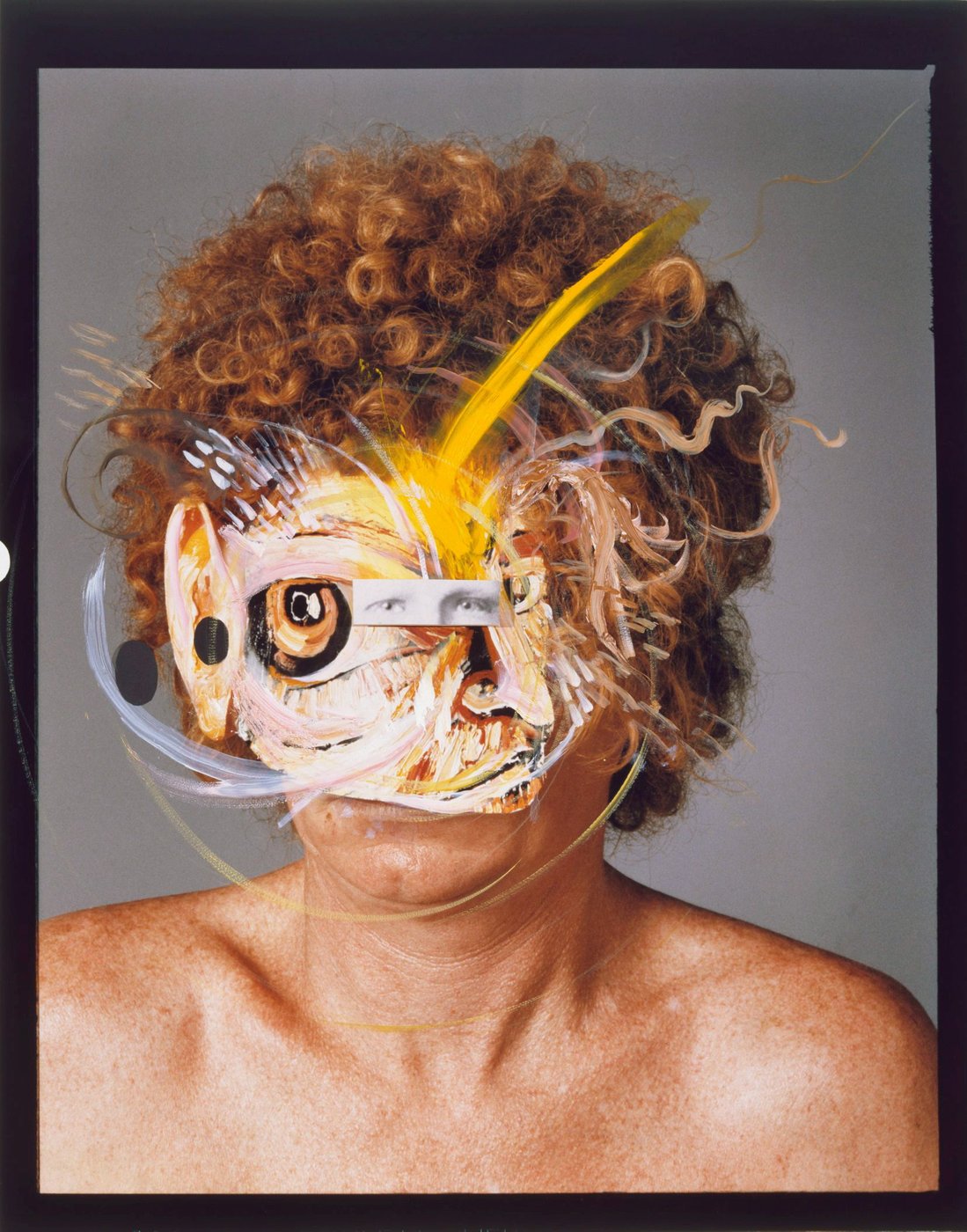
Introduction
Brett Whiteley (1939–92) was one of the greatest Australian artists of the 20th century, an intense and prolific practitioner who worked across an impressive spectrum of media. He was a draughtsman, printmaker, sculptor and writer, but ultimately flourished best at that which '... in his deepest conscience [he] most cared about: being a painter.’
'Whiteley absorbed styles, techniques and influences with an intense urgency, thirst and passion. The artists that he admired shifted and changed with his years. Through these artists he developed his own distinctive style and discovered that painting was an adventure, a risk, an opportunity to explore his inner world as he saw and felt it.’
— Barry Pearce
Brett Whiteley in our collection
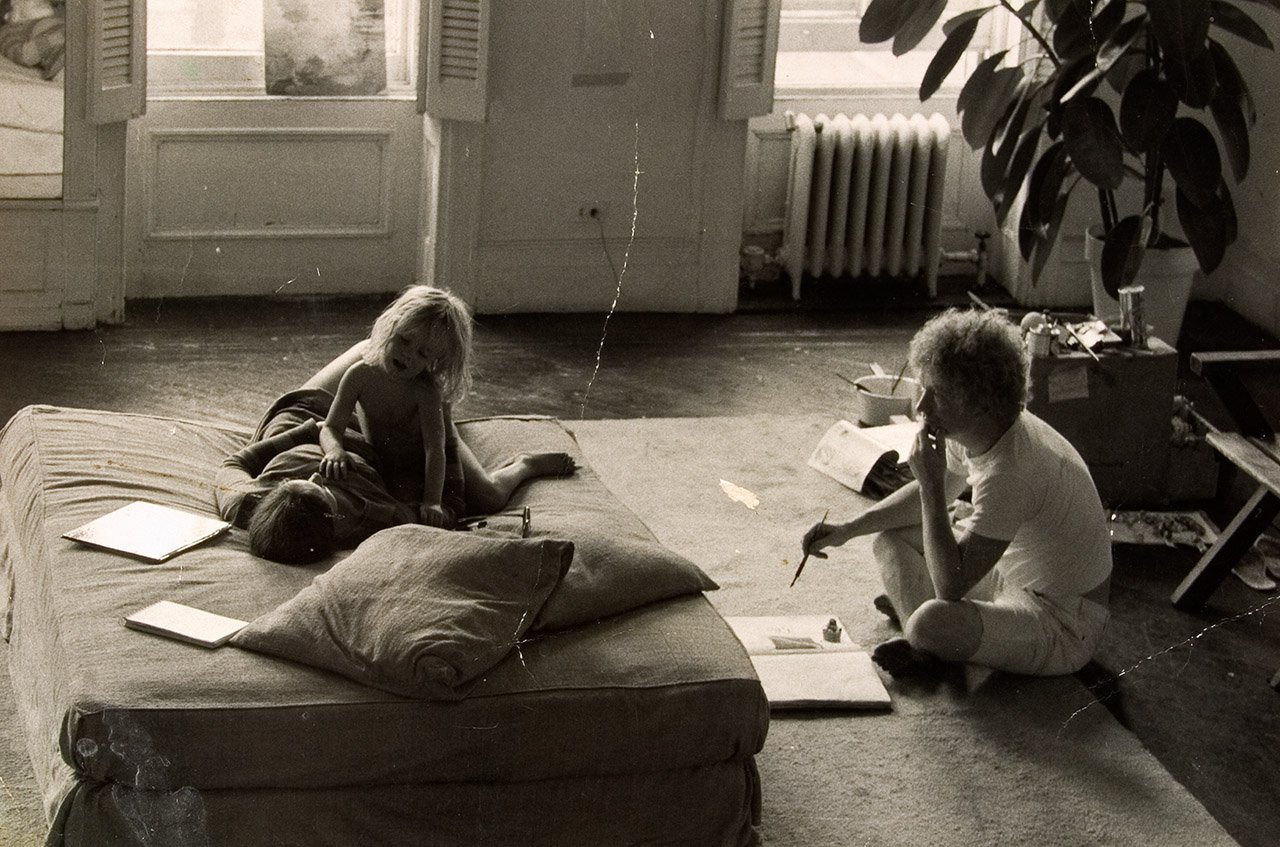
With Arkie at the Chelsea Hotel, c1968
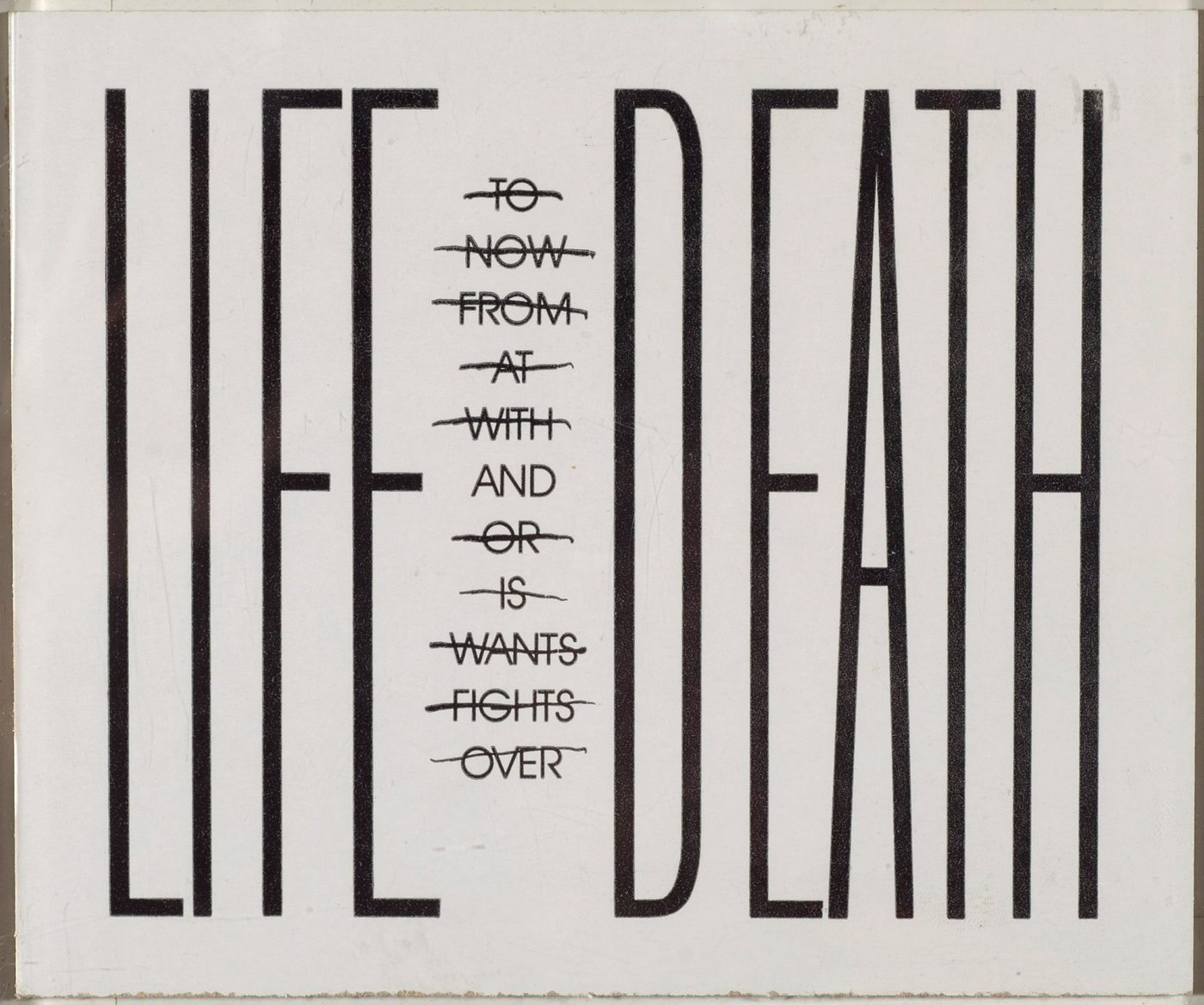
The life and times of Brett Whiteley
Theme
Self and identity
Who does Brett Whiteley think he is – artist, rebel, visionary, genius?
Theme
Landscape
Of all the subjects Whiteley painted, landscapes gave him the greatest pleasure
Theme
Exploring place
From Bondi to Fiji via New York: the places that made Brett Whiteley
Theme
The figure
Whiteley: 'master of the curve’
Theme
Birds and animals
Whiteley’s lyrical works often include birds, eggs, nests, trees, rocks and rivers

WHITELEY: The Legacy Series
This web series explores the ongoing relevance and resonance of the late Australian artist Brett Whiteley. In addition to his artworks, the artist’s archives, studio gallery, memorial travel scholarship and personal impact continue to influence and inspire audiences.

